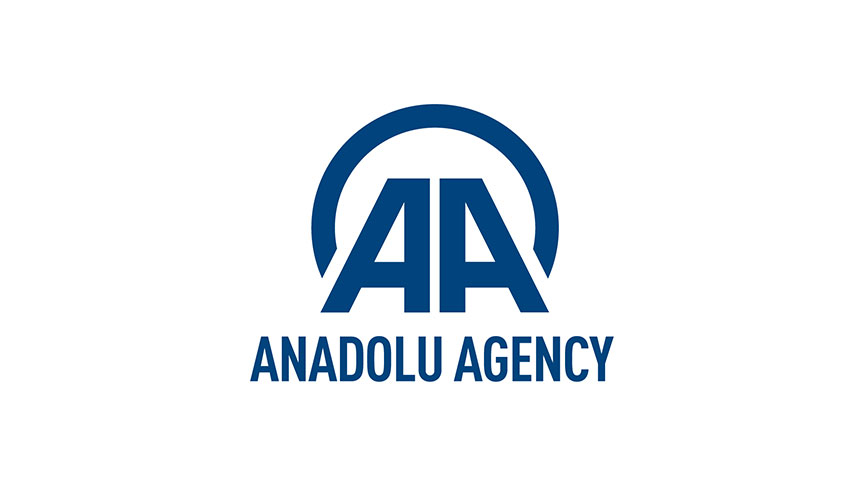Gas shortages in Russia would incur enormous challenges for Russian industry and the economy. A significant gas deficit would not only harm the Russian economy, but also would gravely damage economies of the Eastern and Central European countries in particular Germany more so than other gas importing countries in the EU.
Moscow-based Energy Policy Institute President, Vladimir Milov, notes that “oil and gas industries are on the brink of a crisis evident in the inability to sustain medium term production growth. A problem that creates one of the most urgent pressing challenges for energy policy…the production crisis is most acute in the gas industry.” In 2014, Gazprom produced 443.9 billion cubic meters (bcm) of gas overall - a figure considerably below the level of 2008 of 549.7 bcm, and too marginal to meet demand.
The decreasing rate of Gazprom’s production can mainly be related to several reasons; firstly, mild climate conditions during the wintertime, which impacted gas demand and correspondingly production. Secondly, the global economic slowdown pulled down demand after the global economic crisis. Thirdly, lowered rates were also attributable to the fact that Gazprom lost its market share to new independent gas players such as Novatek and Rostneft, and most importantly, inadequate investment in existing and new fields played its part in shrinking overall production.
As Russia’s natural gas market expert Stern indicates, with Russia’s current gas infrastructure, 58 percent of pipes are at least twenty years old. Considering Russia’s harsh weather conditions, the probability of a gas leakage is a primary cause of concern. As Stern puts it, “lack of profitability in the transmission system is a potentially significant obstacle to timely refurbishment of the network.” As long as domestic gas prices remain far below the average world price level, the prospect of transmission systems being replaced anytime soon is slim.
Russia’s weak financial system would not support the launch of a project to run supergiant gas fields in the gas industry. After the acquisition of Sibneft, Gazprom’s debt increased to $38 billion. This is one of the main hindrances for Gazprom’s lack of investment in new gas fields to reverse the gas deficit in the medium-term. Hostile approaches towards foreign direct investment have caused investors to question whether their assets can be expropriated by the state. Additionally, shareholder rules stipulate that they can only own 49 percent of the assets. In addition, another problem is related to inefficient compressors that are used to pump gas. These compressors cause a massive amount of wastage, and according to the IEA’s estimates, this wastage reached as much as 42 bcm per annum.
To meet the increasing demand both at home and abroad, Gazprom imported gas from neighboring countries namely, Turkmenistan, Uzbekistan and Kazakhstan. Furthermore, Gazprom signed a long-term gas purchase contract with the Republic of Azerbaijan in 2009 and started imports in 2010. This arrangement has been interpreted as Gazprom’s weakening hegemony in the gas industry. By re-exporting Azeri natural gas to the EU market, Gazprom has aimed not to share its market with another potential competitor by limiting their access. For this reason, the company invested in extra available natural gas in the region that might otherwise have flowed to Gazprom’s target markets.
Since major gas production fields have been in decline, it became evident that Russia has to invest heavily to maintain the current level of production. Keeping the production level at today’s levels will require extra costs. According to IEA estimates, in order for Russia to meet its already agreed contracts, about $18 billion annually is needed to keep the gas sector afloat. As long as Russia’s investment in this sector remains weak and lacks careful planning, costs in this area will have no option but to increase steadily.


